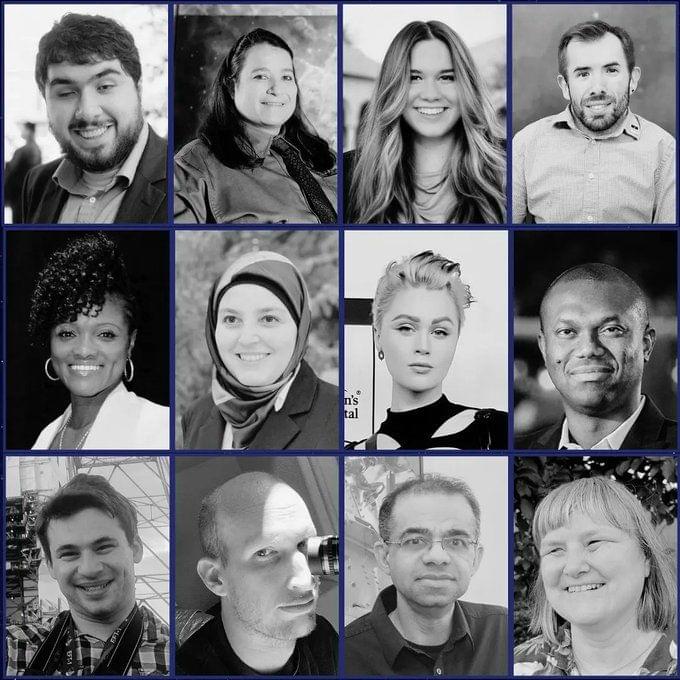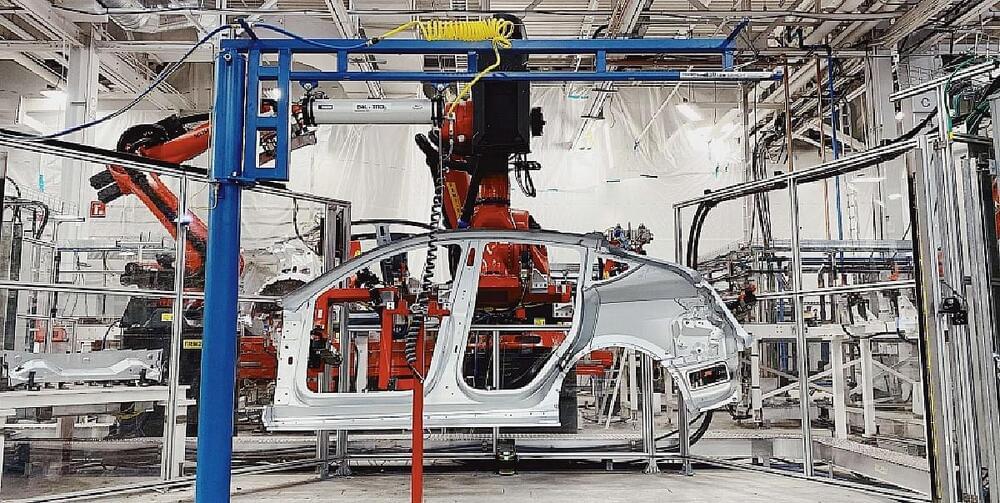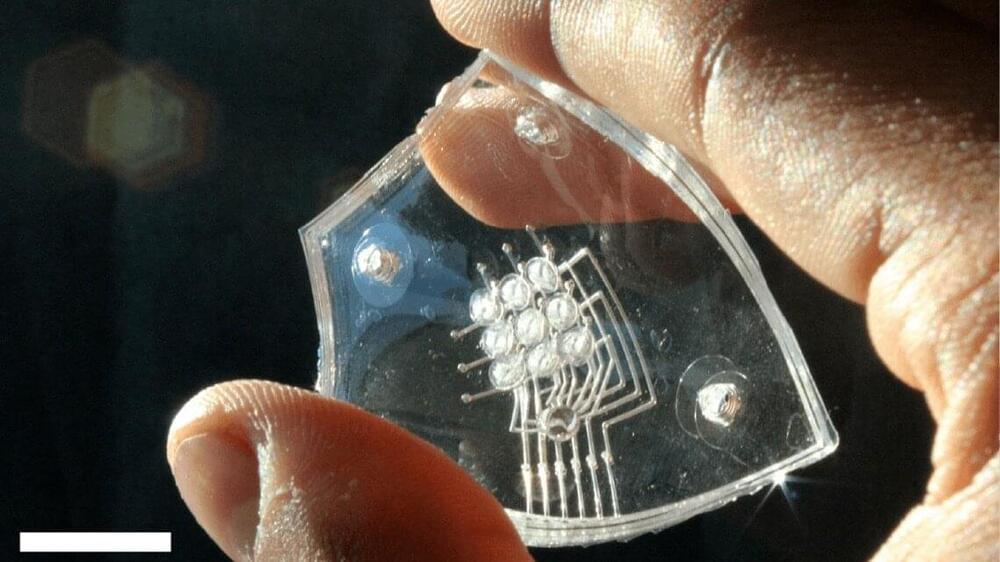For the NordVPN special offer, go to https://NordVPN.com/sabine to get a 2-year plan plus 4 additional months with a huge discount.
In this not-quite-serious video I explain what it would take to terraform Mars and make it habitable for humans.
Images at 5 mins 50 seconds are from Dan Barker https://twitter.com/danbarker.
Screenshots at 7 mins 11 seconds are from https://www.themartiangarden.com/
Correction: At 1 minute 44 second it’s the mass that is a tenth that of Earth, not the gravitational pull, which is about 0.4 times that of Earth. The text shows the right numbers. Sorry about that.
Many thanks to Jordi Busqué for helping with this video http://jordibusque.com/









